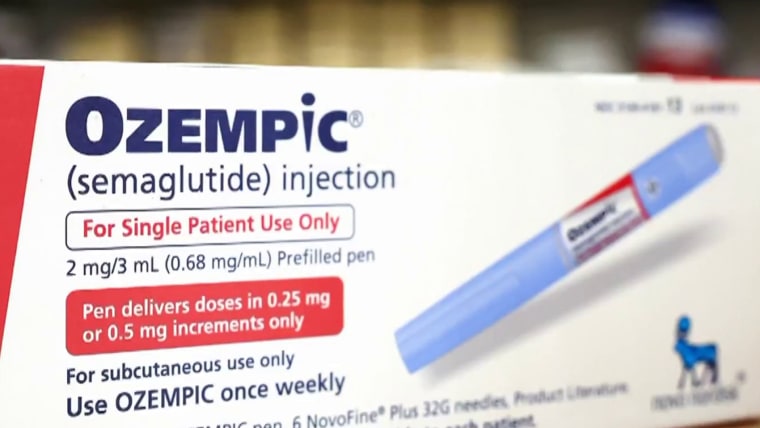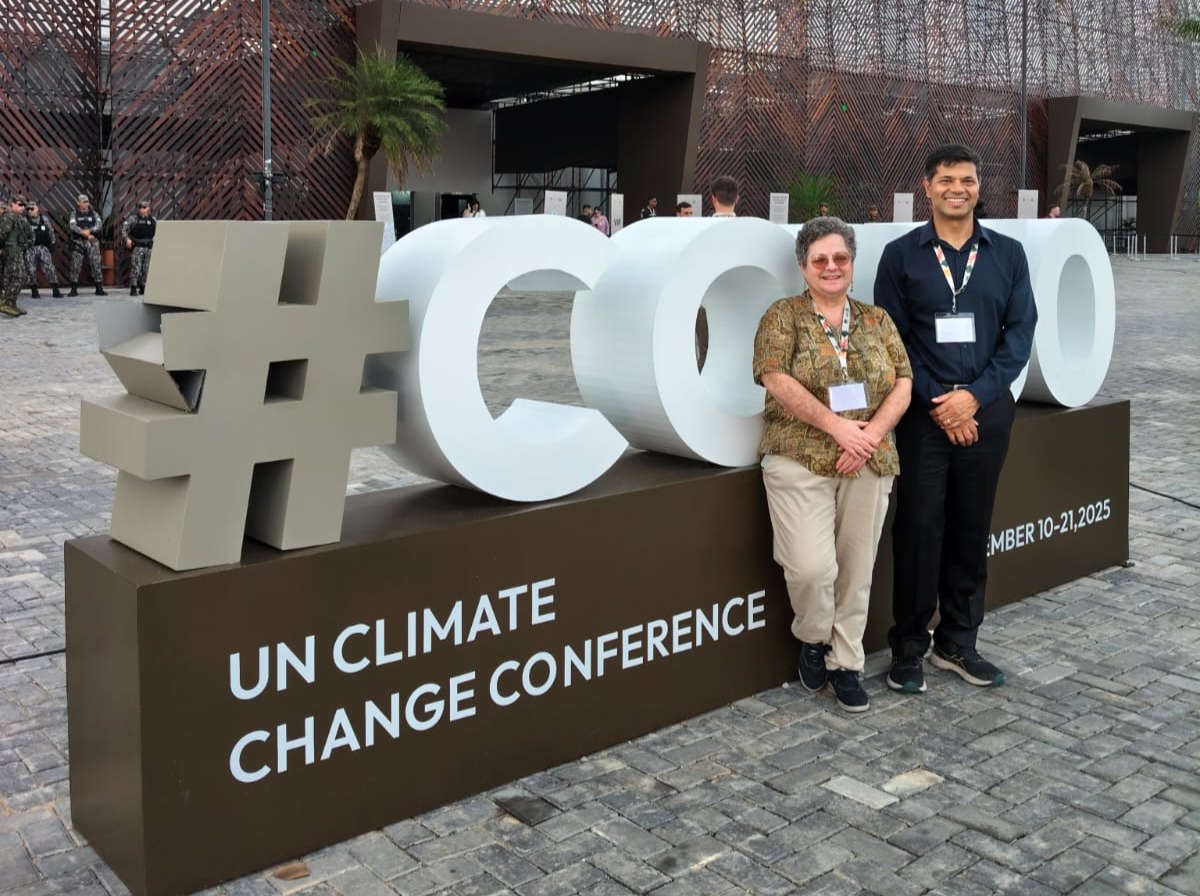Malnutrition among patients with end-stage renal disease in war 2024: the role of healthcare access, dialysis, gender, and economic disparities – International Journal for Equity in Health

Report on Chronic Kidney Disease Management through the Lens of Sustainable Development Goals
Introduction: The Global Burden of Chronic Kidney Disease and the Sustainable Development Agenda
Chronic Kidney Disease (CKD) represents a significant global health challenge, with its epidemiology and complications impacting populations worldwide. The management of CKD, particularly in its advanced stages requiring hemodialysis, is deeply interconnected with broader socioeconomic factors. This report synthesizes findings on the nutritional status of and healthcare access for CKD patients, framing the discussion within the United Nations Sustainable Development Goals (SDGs). Addressing the complexities of CKD is crucial for achieving several SDGs, most notably SDG 3 (Good Health and Well-being), but also requires progress on goals related to poverty, hunger, and inequality.
Nutritional Status in CKD Patients: A Challenge to SDG 2 and SDG 3
The nutritional health of individuals with CKD is a critical component of their overall well-being and clinical outcome. Poor nutritional status directly undermines the objectives of SDG 2 (Zero Hunger), which aims to end all forms of malnutrition, and SDG 3 (Good Health and Well-being).
Prevalence and Impact of Malnutrition
A high prevalence of malnutrition is consistently reported among patients undergoing hemodialysis. This condition, often manifesting as Protein-Energy Wasting (PEW) or Malnutrition-Inflammation Complex Syndrome, is a significant predictor of morbidity and mortality.
- Studies from various regions, including Palestine, Jordan, and Vietnam, confirm that a substantial percentage of hemodialysis patients suffer from some degree of malnutrition.
- The etiology of PEW in CKD is multifactorial, involving inadequate nutrient intake, inflammation, and metabolic disturbances associated with the disease and its treatment.
- Poor nutritional status has been shown to negatively impact health-related quality of life, creating a barrier to achieving the holistic health targets of SDG 3.
Assessment and Clinical Guidelines
Effective management of nutrition in CKD relies on accurate assessment and adherence to evidence-based guidelines. The development and application of clinical tools are essential for identifying at-risk patients and implementing timely interventions.
- The Patient-Generated Subjective Global Assessment (PG-SGA) is a widely recognized tool for evaluating the nutritional status of hemodialysis patients.
- Clinical practice guidelines, such as those from the Kidney Disease Outcomes Quality Initiative (KDOQI), provide a framework for nutritional care, emphasizing the need for regular assessment and tailored dietary management to improve patient outcomes.
Socioeconomic Determinants and Barriers to Care: Intersections with SDG 1, SDG 10, and SDG 16
The ability of patients to manage CKD is heavily influenced by socioeconomic conditions. Progress toward SDG 1 (No Poverty), SDG 10 (Reduced Inequalities), and SDG 16 (Peace, Justice and Strong Institutions) is fundamental to ensuring equitable access to care and mitigating the drivers of poor health outcomes.
Poverty, Inequality, and Healthcare Access
Poverty and systemic inequality create significant barriers to receiving adequate care for CKD. These factors limit access to nutritious food, stable housing, and essential medical services, thereby exacerbating the disease burden.
- SDG 1 (No Poverty): Contextual poverty is a key driver of both CKD and associated malnutrition. Financial instability, food insecurity, and housing instability are directly linked to adverse cardiovascular and renal outcomes.
- SDG 10 (Reduced Inequalities): There is a stark disparity in the epidemiology and management of CKD in regions like sub-Saharan Africa compared to high-income countries. This inequality in healthcare access and infrastructure prevents vulnerable populations from receiving life-sustaining treatment.
- SDG 5 (Gender Equality): Gender disparities can influence health outcomes and caregiving responsibilities. In many contexts, women face unique challenges in accessing healthcare and bear a disproportionate burden as family caregivers, which can impact their own health and economic stability.
The Impact of Conflict on CKD Care
The breakdown of societal institutions due to conflict poses a catastrophic threat to patients with chronic conditions. The maintenance of kidney replacement therapy during armed conflicts is a critical challenge that directly relates to the aims of SDG 16 (Peace, Justice and Strong Institutions).
- In conflict zones such as Sudan, the healthcare system has faced collapse, severely disrupting access to dialysis centers and essential medical supplies.
- This disruption leads to increased mortality and suffering among kidney patients, highlighting how the absence of peace and stable institutions directly undermines public health and the fundamental right to health envisioned in SDG 3.
- Long-term displacement further complicates access to consistent care, placing an immense burden on already vulnerable populations.
Conclusion: An Integrated Approach for Global Health Equity
The management of Chronic Kidney Disease is not merely a clinical issue but a complex development challenge. The high prevalence of malnutrition and the profound barriers to care are inextricably linked to poverty, inequality, and conflict. Achieving SDG 3 (Good Health and Well-being) for CKD patients is contingent upon a multi-sectoral approach that actively pursues progress across the Sustainable Development Goals. Strengthening health systems, ensuring universal access to care, and addressing the root socioeconomic determinants of health are essential steps toward building a more equitable and healthy future for all.
Analysis of Sustainable Development Goals in the Article
1. Which SDGs are addressed or connected to the issues highlighted in the article?
Based on the titles of the provided references, several Sustainable Development Goals (SDGs) are connected to the discussed issues of Chronic Kidney Disease (CKD), malnutrition, healthcare access, and socioeconomic factors.
- SDG 1: No Poverty: Reference 15 directly links “Contextual Poverty, Nutrition, and chronic kidney disease,” and Reference 14 discusses the “cost of illness” for end-stage renal disease, highlighting the financial burden that can lead to or exacerbate poverty.
- SDG 2: Zero Hunger: Numerous references focus on malnutrition among hemodialysis patients (e.g., References 6, 24, 25, 29, 37). The articles discuss the prevalence, causes, and assessment of malnutrition and “Protein-Energy Wasting” (References 8, 30, 32), which are central to the goal of ending all forms of malnutrition.
- SDG 3: Good Health and Well-being: This is the most prominent SDG. The entire list of references revolves around a non-communicable disease, Chronic Kidney Disease (CKD), its epidemiology (Reference 3), complications (Reference 4), treatment (hemodialysis), and impact on quality of life (Reference 9). The challenges in accessing healthcare, especially in conflict zones like Sudan (References 16, 17), are also a key theme.
- SDG 5: Gender Equality: The article list touches upon gender dimensions, specifically mentioning “Women and girls of Sudan” (Reference 35) in the context of crisis and “Gender differences in psychiatric morbidity among family caregivers” (Reference 36), suggesting an unequal burden of care.
- SDG 10: Reduced Inequalities: The references point to significant health inequalities. There is a focus on the burden of CKD in specific, often lower-income, regions like sub-Saharan Africa (Reference 13) and countries facing crises like Sudan (Reference 14, 17) and Palestine (References 24, 25), indicating disparities in health outcomes and access to care.
- SDG 16: Peace, Justice and Strong Institutions: The challenges of “Maintaining kidney replacement therapy during armed conflicts” (Reference 16) and the “healthcare crisis” in Sudan amidst conflict (Reference 17) directly link the breakdown of peace and institutional stability to severe negative health outcomes.
2. What specific targets under those SDGs can be identified based on the article’s content?
The article’s references allow for the identification of specific targets under the relevant SDGs.
- Under SDG 3 (Good Health and Well-being):
- Target 3.4: “By 2030, reduce by one third premature mortality from non-communicable diseases through prevention and treatment and promote mental health and well-being.” The articles’ focus on the global burden, epidemiology, and complications of CKD, a major non-communicable disease, directly relates to this target.
- Target 3.8: “Achieve universal health coverage, including financial risk protection, access to quality essential health-care services…” The discussions on the “cost of illness” (Reference 14), “access to health care” (References 19, 20, 21), and the struggle to maintain essential services like hemodialysis in conflict zones (Reference 16) are directly tied to achieving universal health coverage.
- Under SDG 2 (Zero Hunger):
- Target 2.2: “By 2030, end all forms of malnutrition…” The extensive focus on the “prevalence of malnutrition” (References 24, 25, 29, 37) and “Protein-Energy Wasting” (Reference 30) in hemodialysis patients aligns perfectly with this target.
- Under SDG 1 (No Poverty):
- Target 1.3: “Implement nationally appropriate social protection systems and measures for all…and by 2030 achieve substantial coverage of the poor and the vulnerable.” The high cost of treatment for end-stage renal disease (Reference 14) underscores the need for social and financial protection systems to prevent patients and their families from falling into poverty.
- Under SDG 10 (Reduced Inequalities):
- Target 10.2: “By 2030, empower and promote the social, economic and political inclusion of all, irrespective of age, sex, disability, race, ethnicity, origin, religion or economic or other status.” The focus on the epidemiology of CKD in sub-Saharan Africa (Reference 13) and the healthcare crises in specific regions highlights the unequal access to health resources, which is a form of exclusion that this target aims to address.
- Under SDG 16 (Peace, Justice and Strong Institutions):
- Target 16.1: “Significantly reduce all forms of violence and related death rates everywhere.” The articles on Sudan (References 16, 17) illustrate how armed conflict directly disrupts life-saving healthcare, leading to increased mortality among vulnerable patient populations, thereby connecting violence to preventable death rates.
3. Are there any indicators mentioned or implied in the article that can be used to measure progress towards the identified targets?
Yes, the references mention or imply several indicators that can be used to measure progress.
- Prevalence and mortality rates of Chronic Kidney Disease (CKD): Implied in references about the “epidemiology” (Reference 3) and “global burden” (Reference 5) of kidney disease. This is a direct measure for progress on Target 3.4 (reducing mortality from NCDs).
- Prevalence of malnutrition in hemodialysis patients: This is explicitly studied in multiple references (e.g., 24, 25, 29, 37). Tools like the “Subjective Global Assessment” (References 11, 23) are mentioned as methods for this assessment. This indicator measures progress towards Target 2.2 (ending malnutrition).
- Access to and availability of kidney replacement therapy (hemodialysis): This is a central theme, particularly in the context of crises (Reference 16) and specific regions (Reference 27). It serves as an indicator for Target 3.8 (universal health coverage) by measuring the coverage of an essential health service.
- Cost of treatment and financial burden on patients: Reference 14, a “cost of illness study,” directly implies measuring the financial impact of CKD. This can be used as an indicator for the financial risk protection component of Target 3.8.
- Disruption of healthcare services in conflict zones: The ability to maintain dialysis centers during armed conflict (Reference 16) can be quantified (e.g., number of functioning centers, number of patients receiving uninterrupted treatment) and used as an indicator for the impact of conflict on health systems, relevant to Target 16.1.
4. Summary Table of SDGs, Targets, and Indicators
| SDGs | Targets | Indicators |
|---|---|---|
| SDG 3: Good Health and Well-being | Target 3.4: Reduce premature mortality from non-communicable diseases. Target 3.8: Achieve universal health coverage. |
Prevalence and mortality rates of Chronic Kidney Disease (CKD). Availability and accessibility of hemodialysis and kidney replacement therapy. |
| SDG 2: Zero Hunger | Target 2.2: End all forms of malnutrition. | Prevalence of malnutrition and protein-energy wasting in hemodialysis patients, as measured by tools like the Subjective Global Assessment (SGA). |
| SDG 1: No Poverty | Target 1.3: Implement social protection systems for the poor and vulnerable. | Out-of-pocket expenditure and cost of illness for patients with end-stage renal disease. |
| SDG 10: Reduced Inequalities | Target 10.2: Promote social inclusion, irrespective of economic or other status. | Disparities in CKD prevalence and access to treatment between different geographic regions (e.g., sub-Saharan Africa vs. other regions). |
| SDG 16: Peace, Justice and Strong Institutions | Target 16.1: Reduce all forms of violence and related death rates. | Number of functioning dialysis centers and continuity of care for CKD patients in conflict-affected areas. |
Source: equityhealthj.biomedcentral.com
What is Your Reaction?
 Like
0
Like
0
 Dislike
0
Dislike
0
 Love
0
Love
0
 Funny
0
Funny
0
 Angry
0
Angry
0
 Sad
0
Sad
0
 Wow
0
Wow
0



















































.jpg.webp?itok=0ZsAnae9#)


























